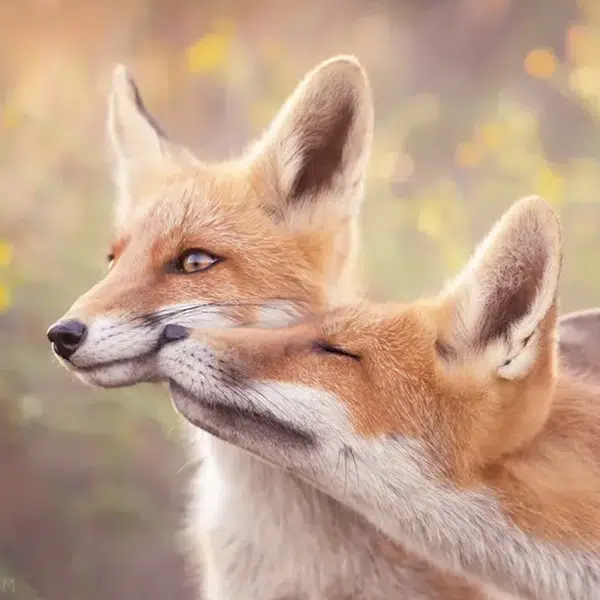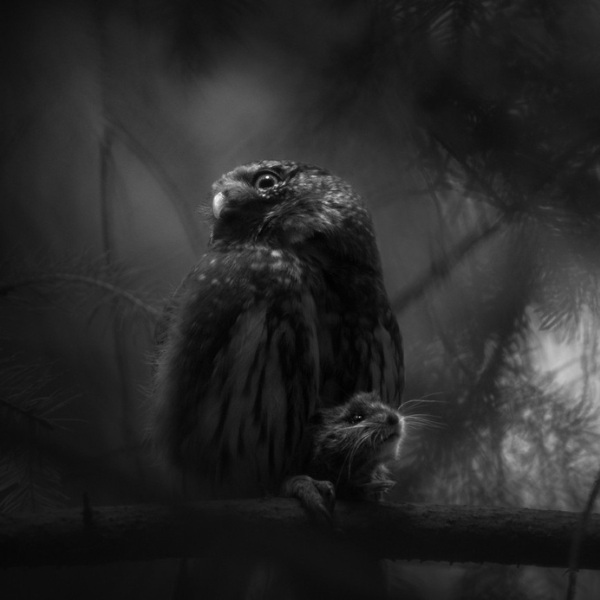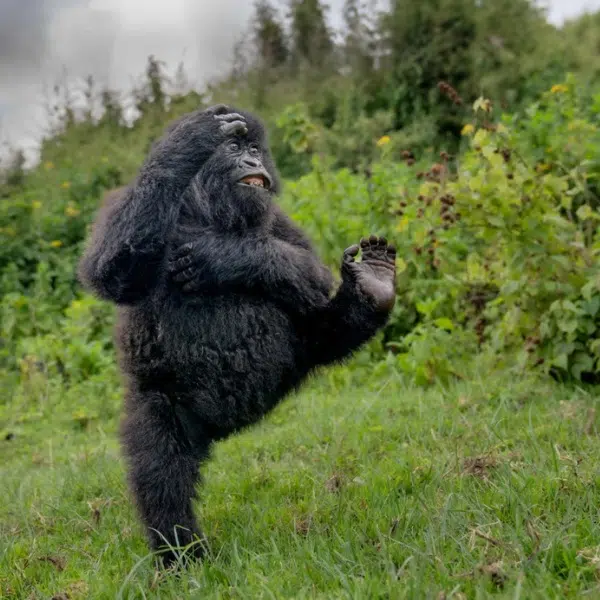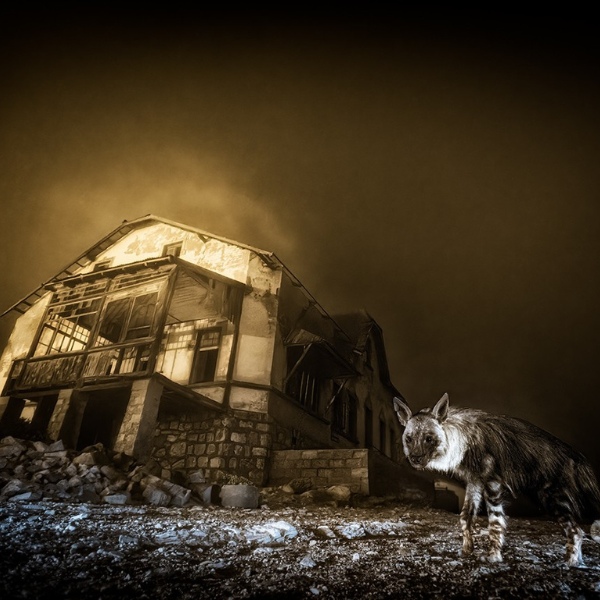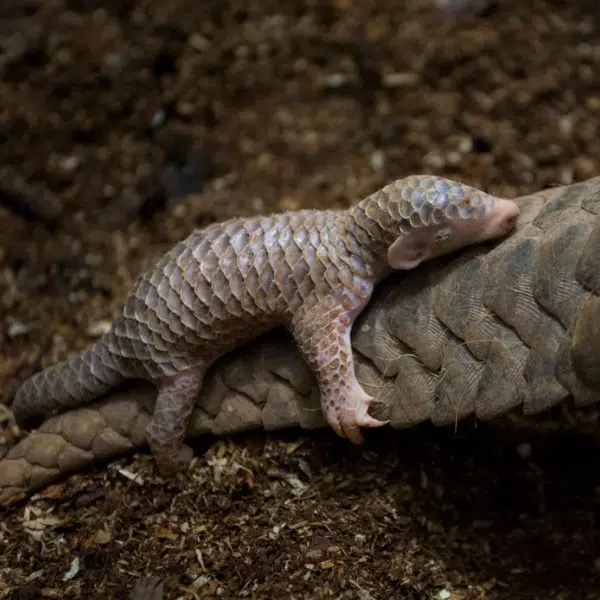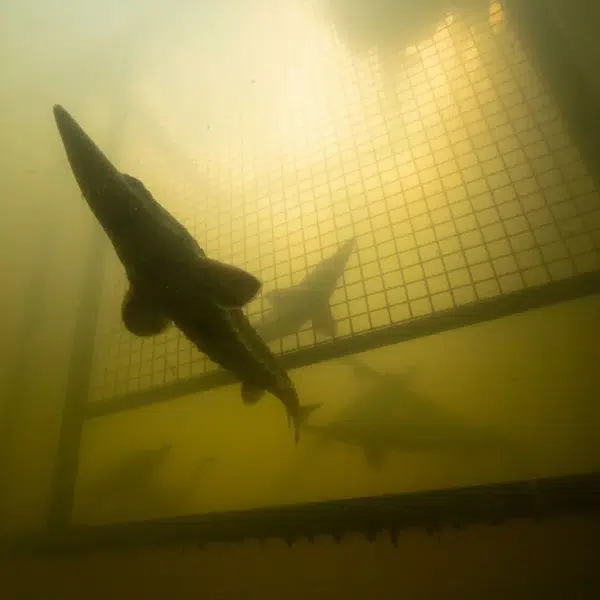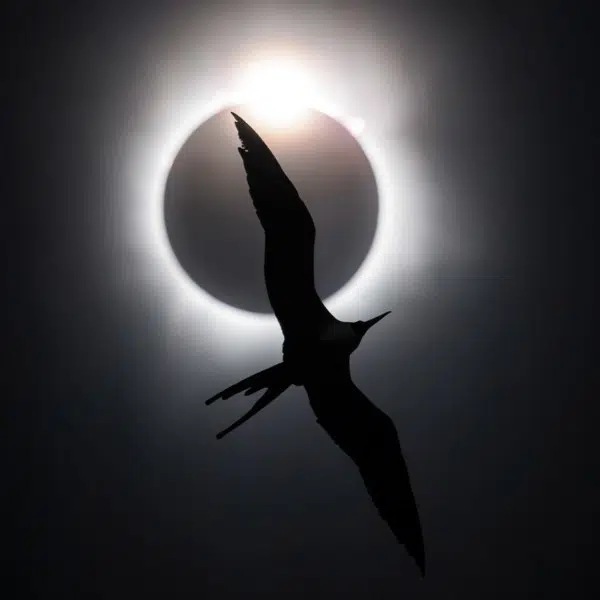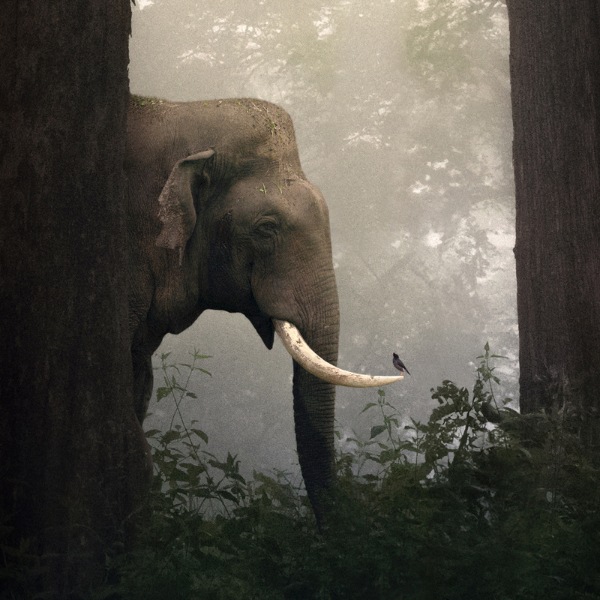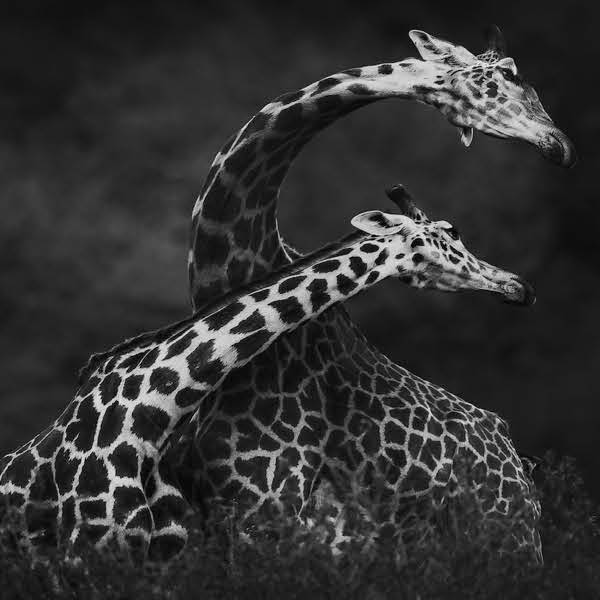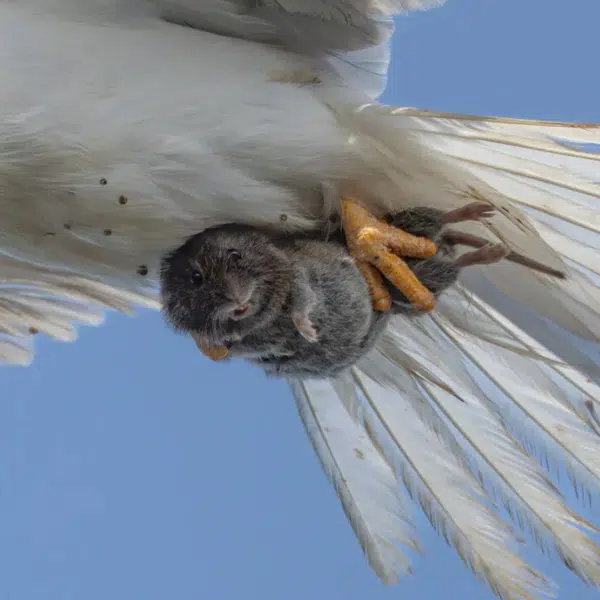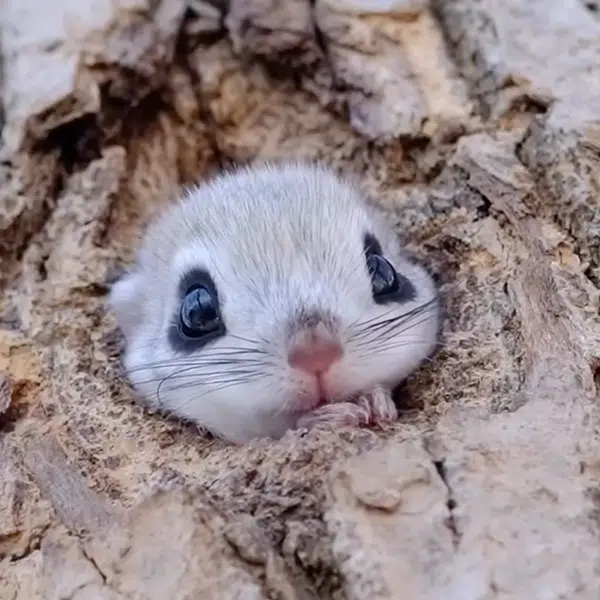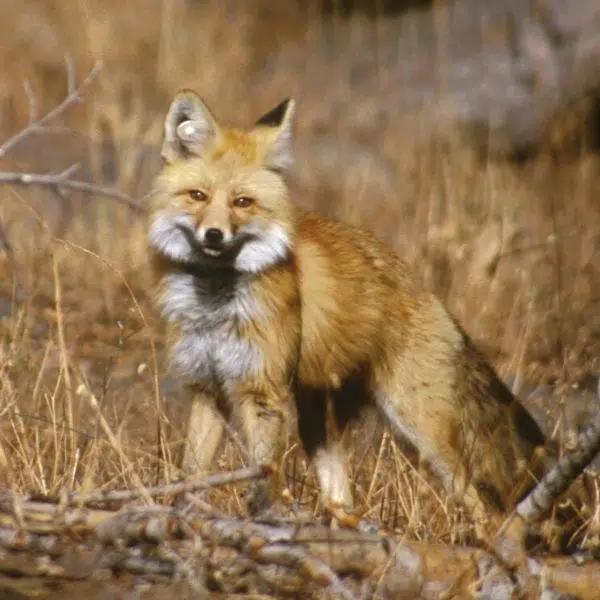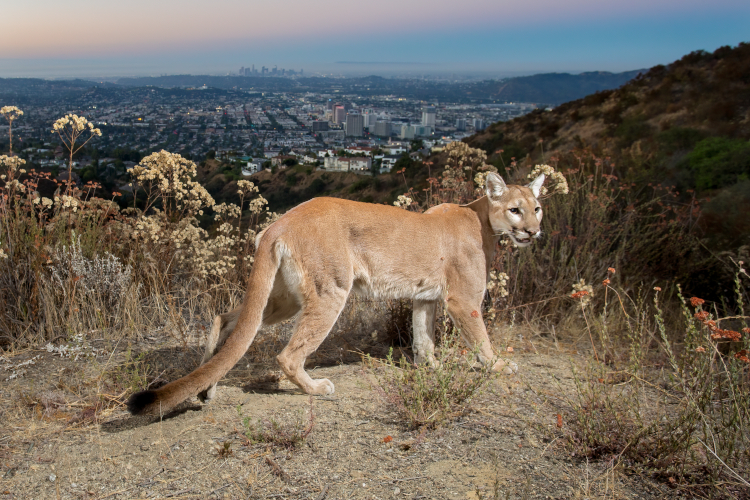
To Johanna Turner, camera trap photography can be frustrating, but when it works, it really works wonders. The Southern California-based photographer shoots striking wildlife images using this clever technique, finding a bridge between natural habitats and man-made environments. The message rings particularly true in her nighttime shots showing the local fauna against the gleaming backdrop of the LA city lights.
Turner, who has long been passionate about hiking, first learned about camera traps during a program at a state park. After browsing through pictures with her group, she was struck by a realization. “Animals I knew lived in the places I liked to hike, but that I never got to see with my own eyes,” she tells My Modern Met. “I bought my first trail camera that night.”
The photographer has been working on improving the quality of her images ever since, transitioning to DSLR camera traps instead of regular “trailcams,” which offer better quality and allow the viewer to feel as if they are in front of the animal.
To the photographer, camera trapping involves three very different skill sets. “Understanding the animal you want to capture by learning about their behavior, developing tracking skills to find where they are traveling, and how these things change with the seasons is the first,” Turner explains.
“Basic photography principles are needed, of course, but also a willingness to experiment with settings. This is especially important in long exposure shots like cityscapes. The third element is artistry. A beautiful close portrait of a wild animal is wonderful, but I have always been drawn to environmental scenes showing the animal's life and what they see in their world.”
One of her most striking images is of a mountain lion in the Verdugo Hills with downtown Los Angeles sparking behind it. “I had been working on this shot for over a year,” she recalls. The camera site is so remote that it took Turner a whole day of hiking to get there. “Because of this I would only get out to the site every four to six weeks, and a lot can happen to the equipment during that time that can ruin a shot. I was not expecting much the day I went out to check it this time, but I started to scroll through quickly, then stopped dead when I saw this frame.”
The artist also finds beauty in what she calls “lucky accidents.” One of her favorite images also stars a mountain lion that showed an unusual behavior. “I had set up to capture not a cityscape but a starry sky behind a mountain lion,” Turner says. “Despite all the things I said earlier about knowing animal behavior, this lion decided to be active in daylight that day. It would have been terribly overexposed had there not been a storm coming in that created dark clouds. His intense expression as he looked toward the camera makes the hair on the back of my neck stand up. It's a connection to another, primal world.”
For Turner, camera trap photography is not only full of lessons but also of emotion and reflections about the environment. “When I moved to Southern California for work, I was depressed that I would be living in a dense city where I thought there would be no wildlife. Camera trapping showed me that is absolutely not true! Animals adapt–they have no choice but to try. Sometimes, people feel sadness when they see my photos of animals with a vast city around them. Some find it beautiful. And many feel a mix of emotions. It isn't a simple situation, so all of those reactions are valid.”
Johanna Turner shoots striking wildlife images around LA with the help of a camera trap.
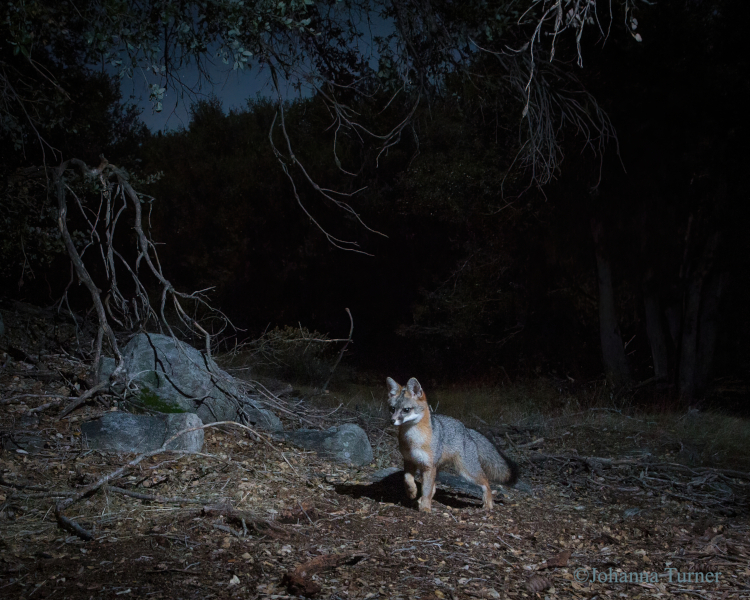
Her images depict the local fauna against the gleaming backdrop of the cityscape.
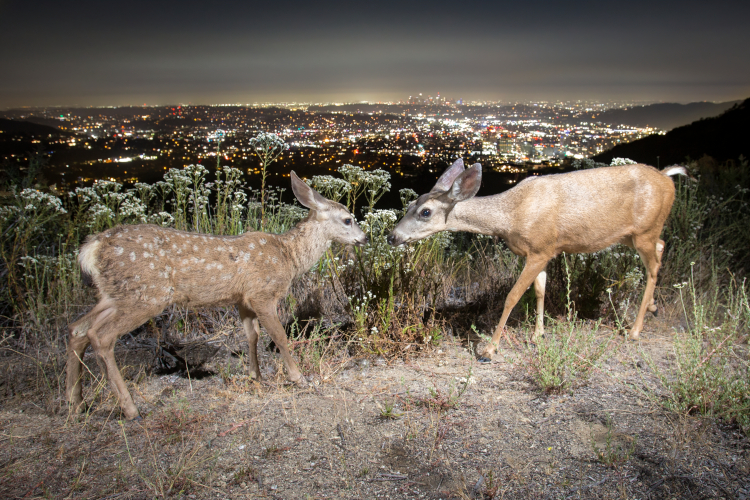
One of her favorite images also stars a mountain lion that was unusually active during the day.
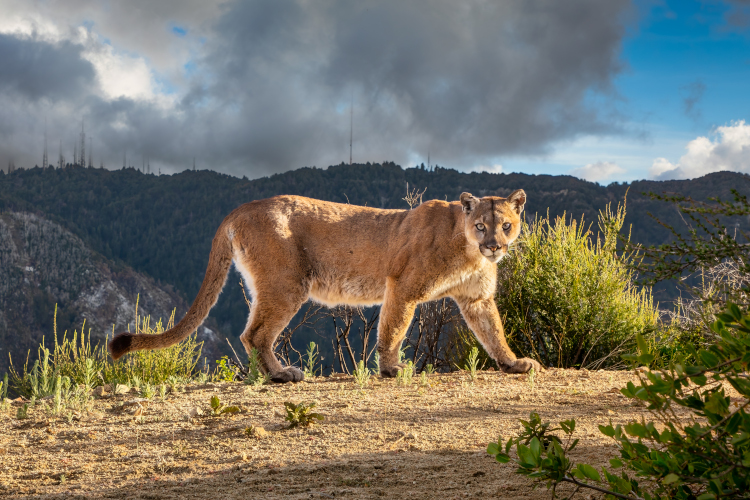
To the photographer, camera trapping involves three very different skill sets—understanding the animal, photography principles, and artistry.
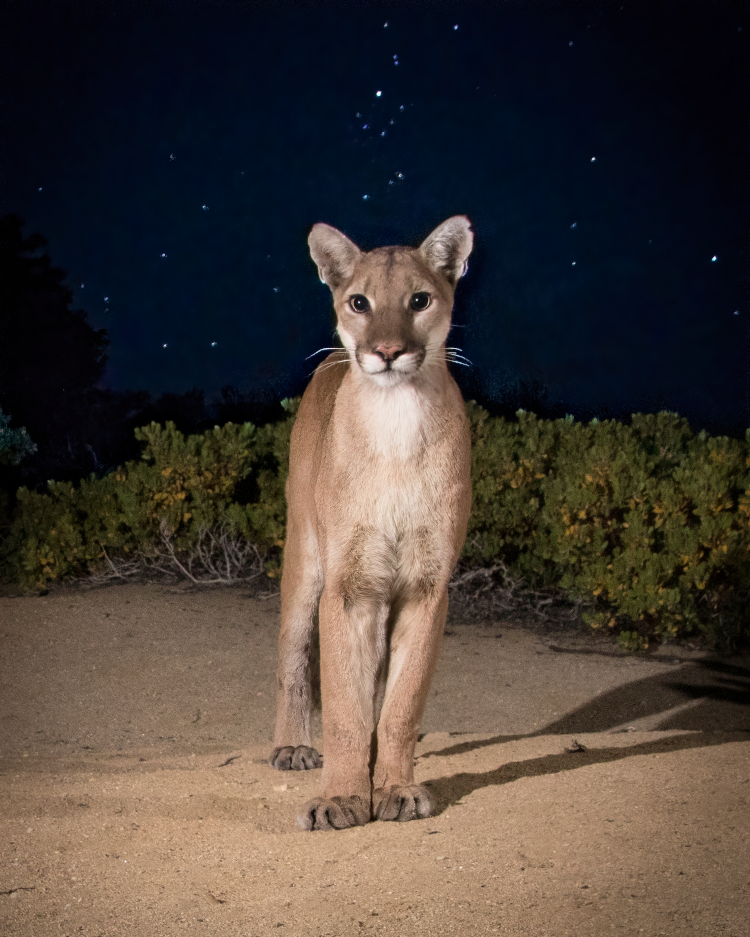
“A beautiful close portrait of a wild animal is wonderful, but I have always been drawn to environmental scenes showing the animal's life and what they see in their world,” Turner says.
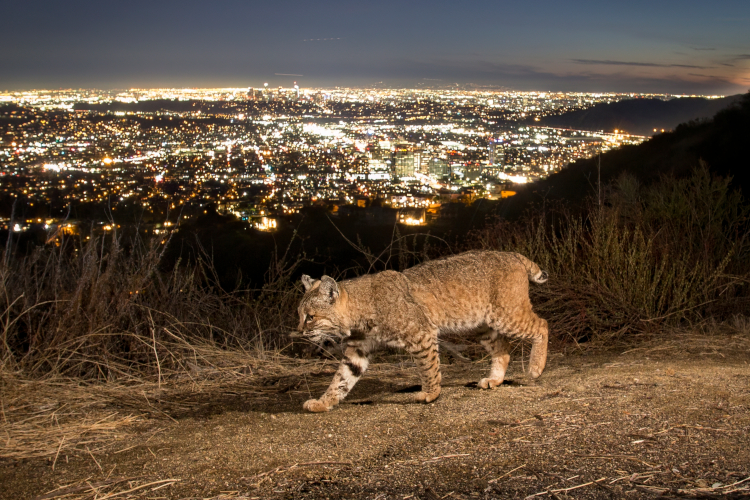
For Turner, camera trap photography is not only full of lessons but also of emotion and reflections about the environment.
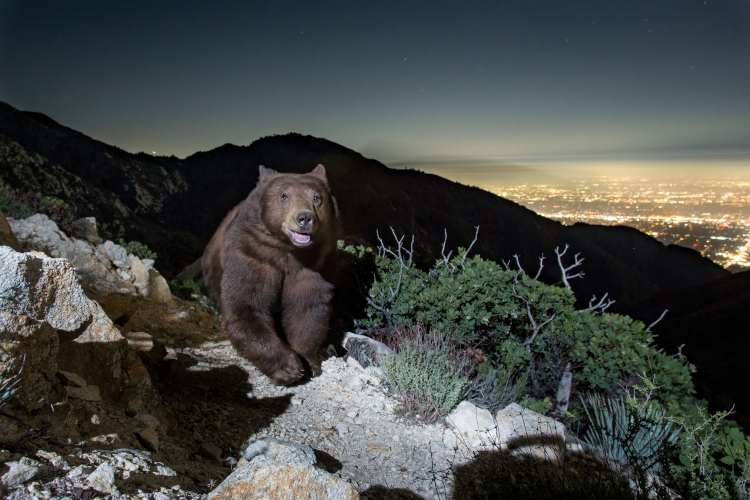
“When I moved to Southern California for work, I was depressed that I would be living in a dense city where I thought there would be no wildlife. Camera trapping showed me that is absolutely not true!”
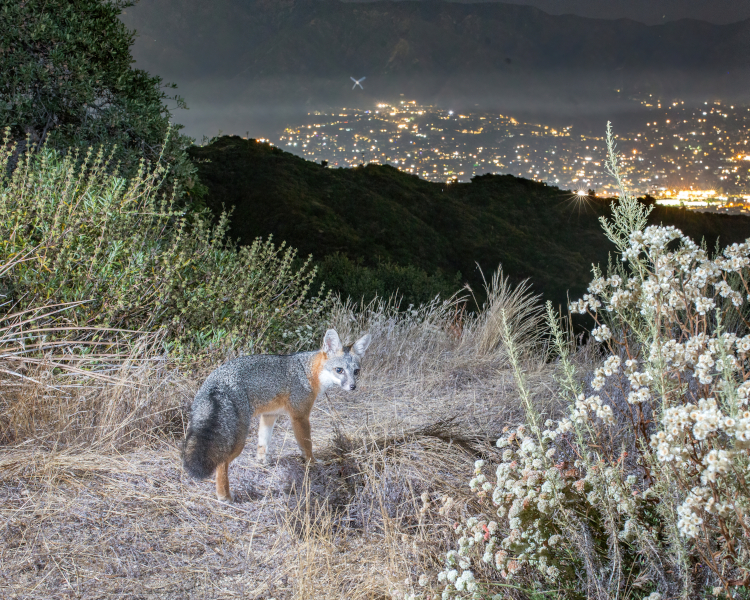

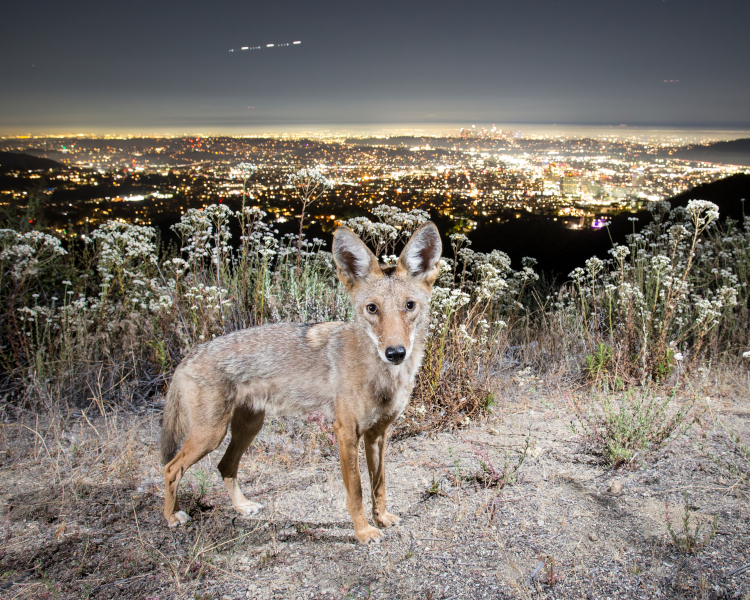
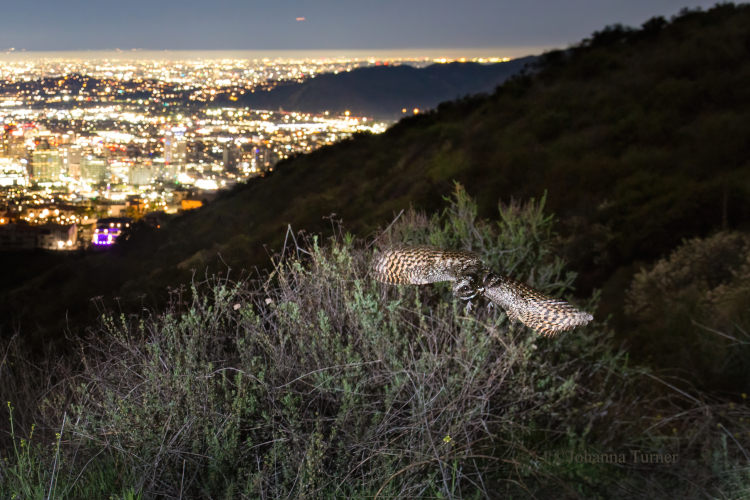
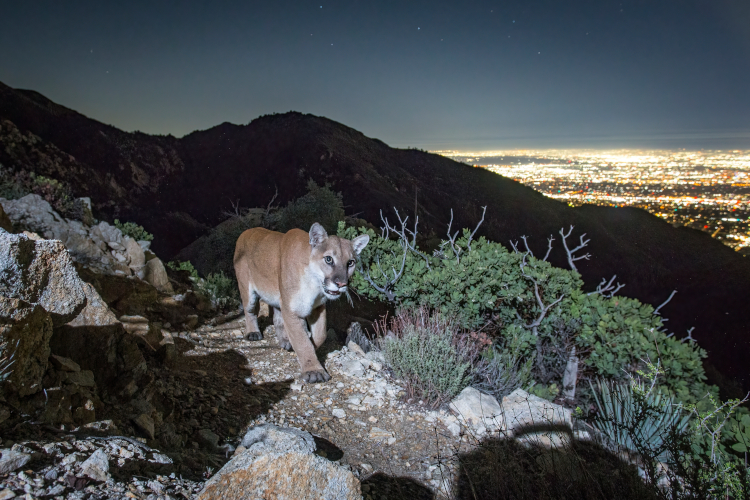
Johanna Turner: Website | Instagram
My Modern Met granted permission to feature photos by Johanna Turner. Quotes have been edited for length and clarity.
Related Articles:
Photographer Captures Storybook Fox Photos Using His Homemade Camera Trap
Scientists Use Camera Traps To Create World’s Largest Photo Database of Amazon Wildlife
Wildlife Camera Trap Unexpectedly Snaps Funny Photo of Mystery Man Striking a Pose
Incredible Winners of the 2024 British Wildlife Photography Awards











































































